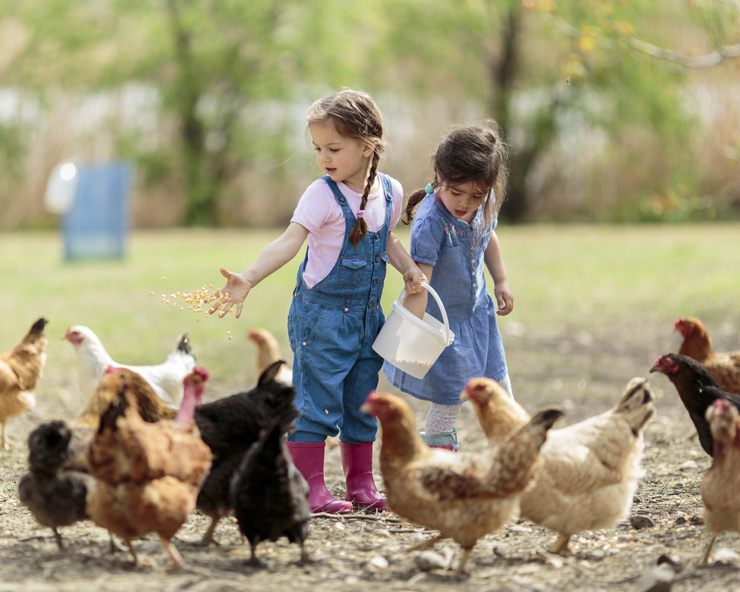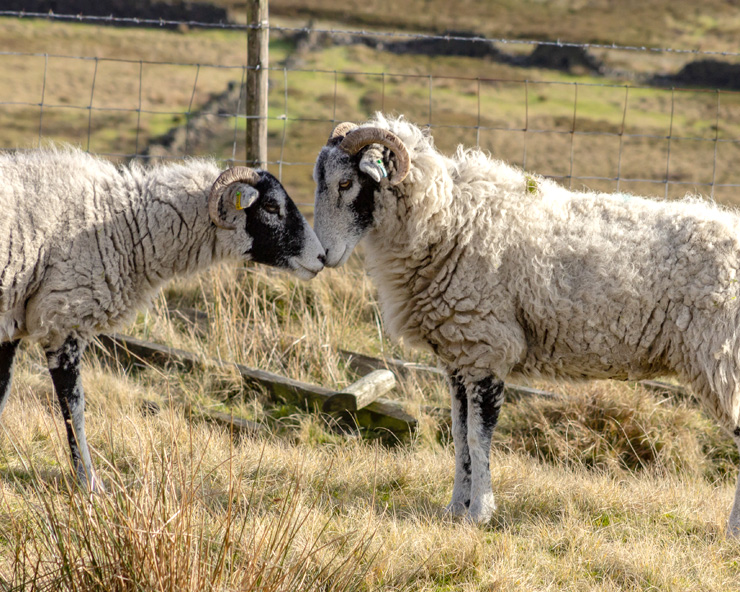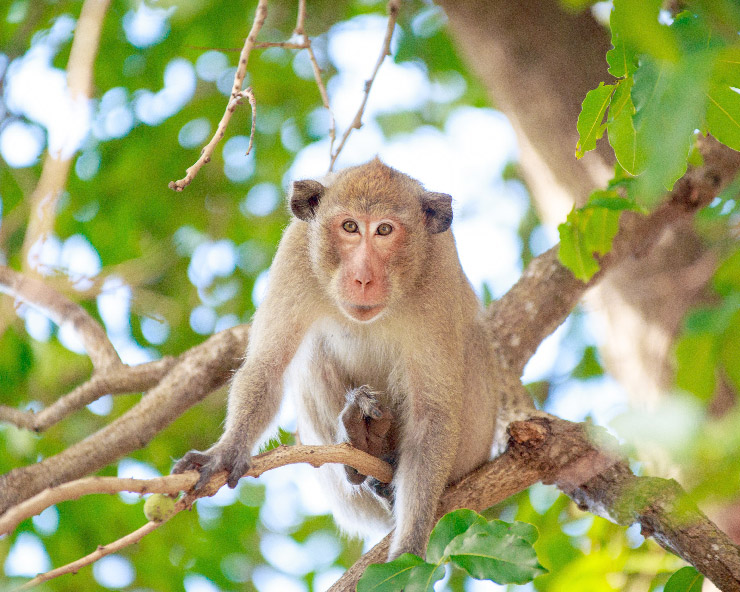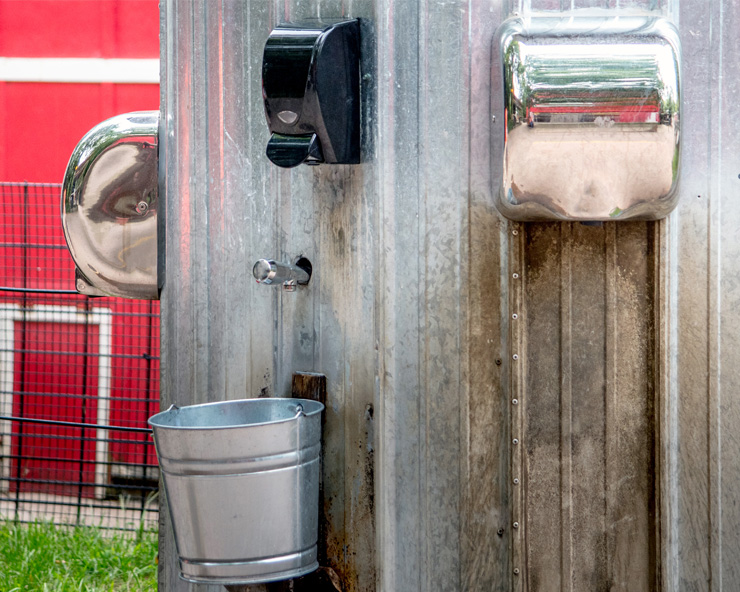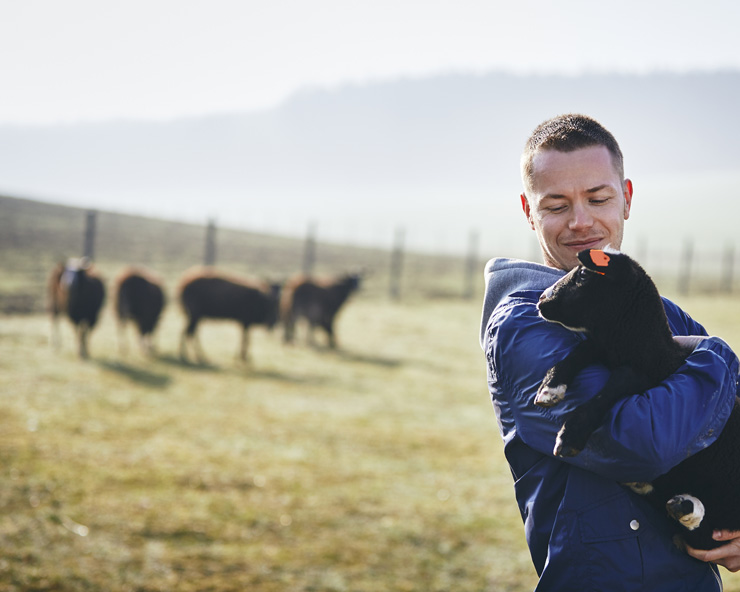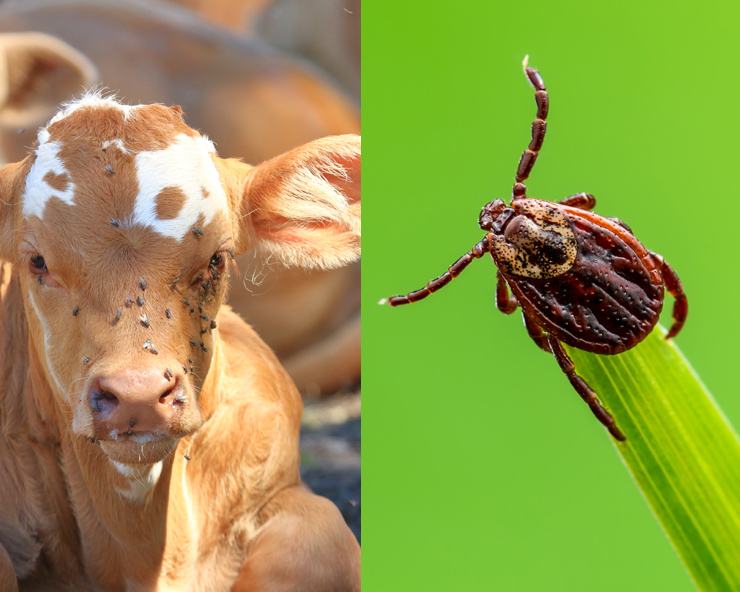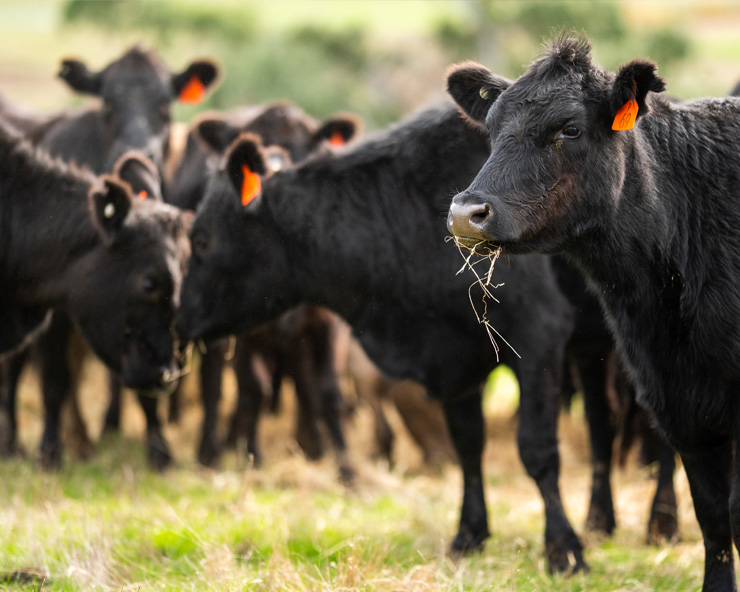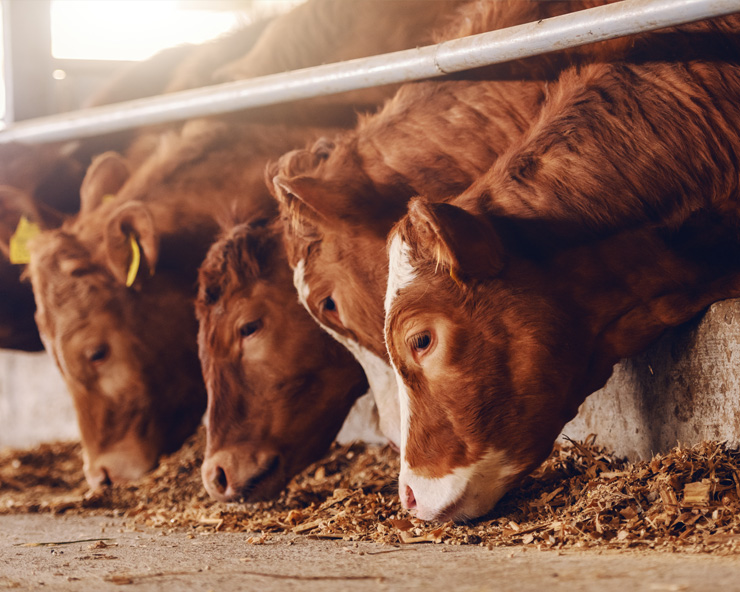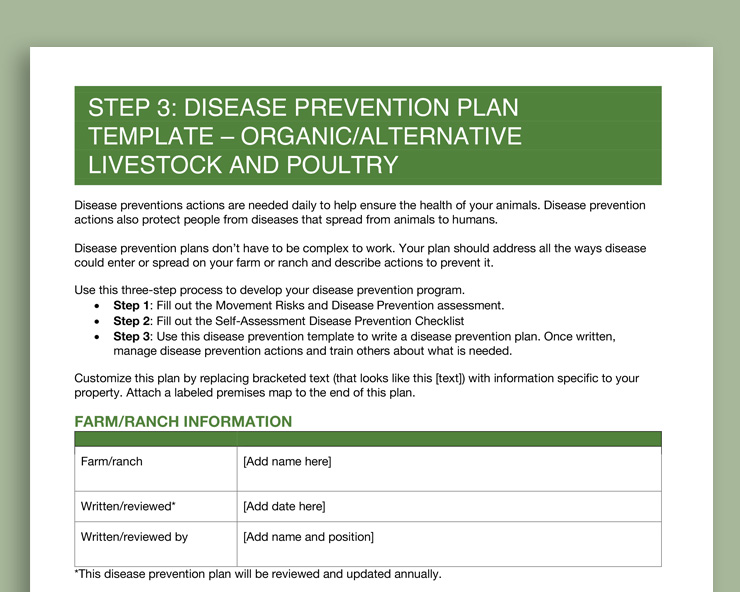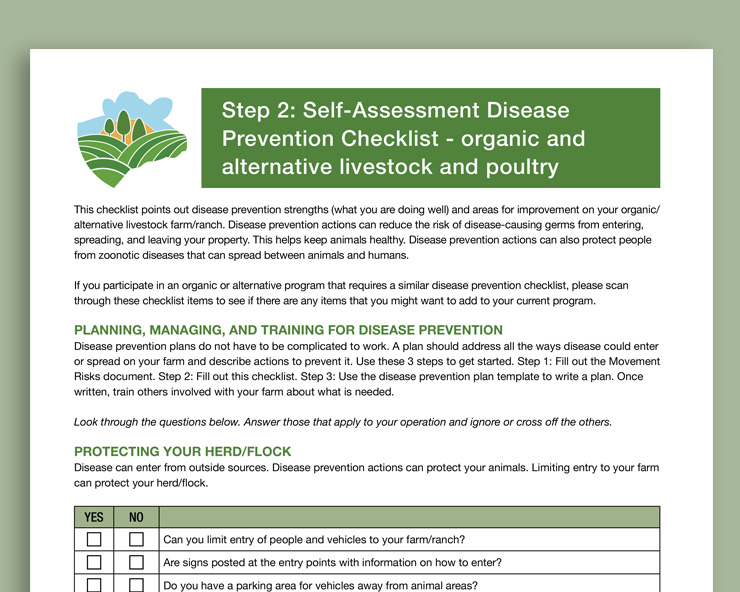Salmonella
Have you ever wondered why it isn’t the best idea to sneak a little cookie dough out of the bowl while making a batch? Why do diners put an asterisk by over-easy or sunny side up eggs? Or if the trend of drinking unpasteurized milk is all that safe? All of these foods have the … Read more

